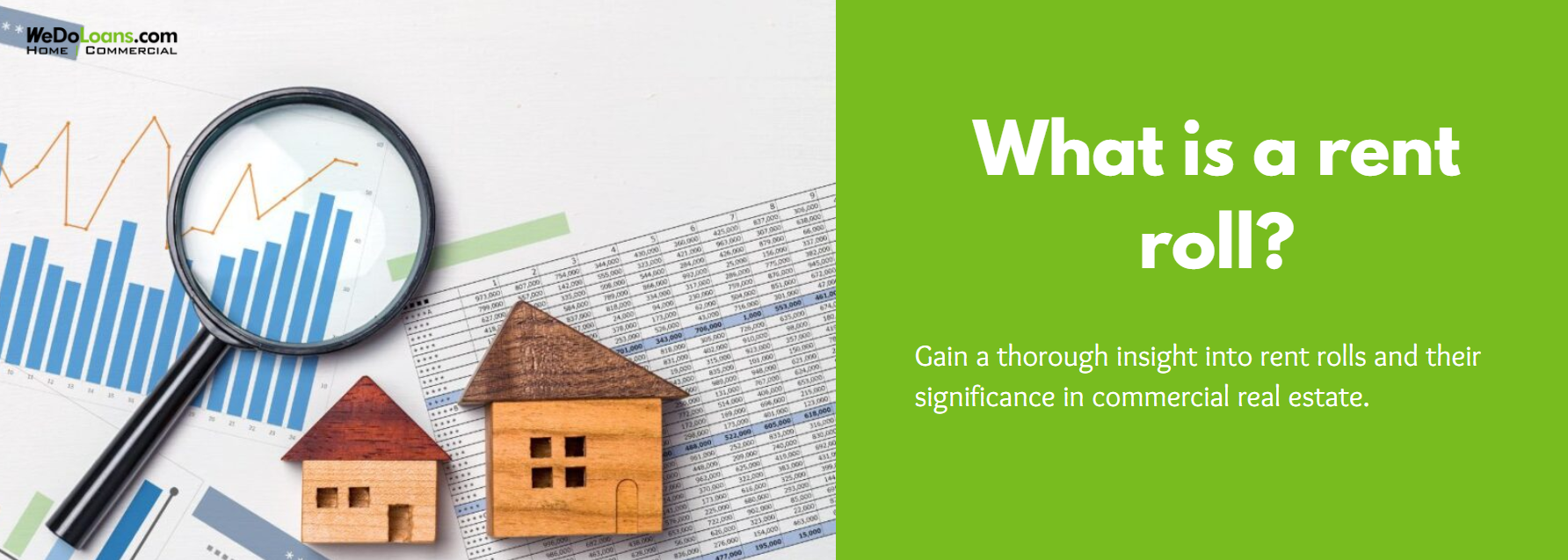
What is a Rent Roll and How is it Used?
A rent roll is an essential document in commercial real estate, offering a detailed overview of a property’s rental income and tenant information. Investors and lenders rely on it to assess a property’s financial stability and risk before making investment decisions.
Since the rent roll provides a snapshot of occupancy, lease terms, and rental rates, it is often one of the first documents requested during property evaluations. It simplifies financial analysis by consolidating key data in one place, making it easier to determine the property’s value and profitability.
What Information Does a Rent Roll Contain?
A detailed rent roll typically includes:
- Tenant names and unit numbers
- Unit size and rental rates
- Lease terms and expiration dates
- Security deposit details
- Annual rental income projections
- Occupancy and vacancy status
This information allows property owners and investors to assess cash flow, potential risks, and opportunities for rent adjustments or lease restructuring.
Why is a Rent Roll Important for Commercial Investors?
For investors, a rent roll is a valuable tool for evaluating a property’s revenue potential. It helps answer key questions such as:
- How much rental income does the property generate annually?
- Are there any risks due to multiple lease expirations occurring at the same time?
- What percentage of rental income comes from a single tenant, and how would losing that tenant impact cash flow?
- Are lease agreements structured for long-term stability?
By analyzing this data, investors can compare multiple properties and determine which one aligns best with their financial goals.
Who Uses a Rent Roll and Why?
Rent rolls serve as a critical resource for various stakeholders, including:
- Investors – To evaluate the financial viability of a property before purchasing
- Lenders – To assess risk when financing a commercial property
- Property Owners – To monitor rental income, lease terms, and tenant stability
Regularly updating the rent roll ensures that decision-makers have accurate data to manage properties efficiently and maximize profitability.
How Property Managers Benefit from a Rent Roll
Property managers use rent rolls to:
- Track lease expirations and rental income
- Compare rent rates with similar properties in the market
- Ensure property owners are informed about financial performance
Having easy access to this information allows property managers to make data-driven decisions regarding lease renewals, rent adjustments, and overall property strategy.
How Does a Rent Roll Help Commercial Property Buyers?
When considering an investment, buyers can use a rent roll to:
- Assess current rental income and occupancy levels
- Identify potential rent increases or leasing opportunities
- Compare multiple properties based on rental performance
This data helps investors determine whether a property aligns with their investment strategy and long-term financial goals.
The Role of Rent Roll for Landlords
For landlords, a rent roll provides insights into:
- Lease renewal timelines
- Annual rental income compared to operational costs
- Justifications for rental price adjustments based on market trends
By analyzing these factors, landlords can make informed decisions to enhance profitability and maintain competitive rental rates.
Conclusion
A rent roll is a fundamental tool for property owners, investors, and managers, offering a comprehensive overview of a property’s financial health. It streamlines decision-making, ensures accurate financial analysis, and plays a crucial role in long-term commercial real estate success.
